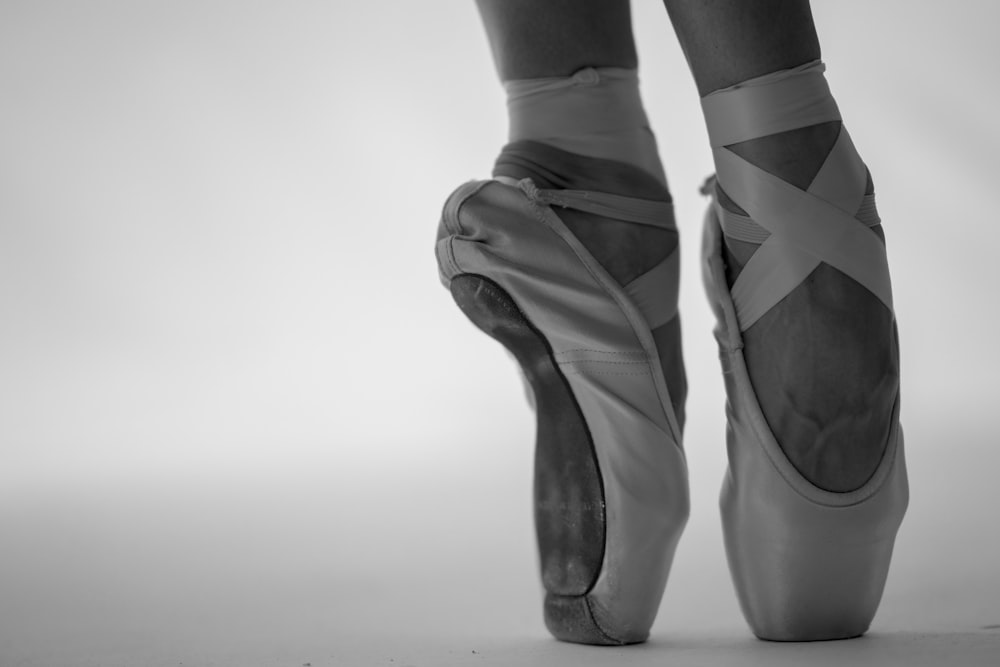Women of the Arts: Raven Wilkinson

Anne Raven Wilkinson, born in New York City on February 2, 1935 was an American dancer who is credited for having been the first African American woman to dance for a major classical ballet company.
How it all Started
Wilkinson became fascinated with ballet at a young age, after seeing Ballet Russe de Monte Carlo perform Coppelia. “I remember being so overwhelmed that I started crying,” she said in an interview in 2014 with the dance writer Margaret Fuhrer in Pointe Magazine. Inspired by the performance, she quickly developed a passion for ballet before she even began taking classes. She initially trained in the Dalcroze method: a style of dance with a focus on eurhythmics, tempi and metres. For her ninth birthday, an uncle gifted her with the opportunity of taking ballet classes at the Swoboda School, now known as the Ballet Russe School. Her first teachers there included Maria and Vecheslav Swoboda, two well-known dancers from Russia’s Bolshoi Theatre.

In 1951, however, Sergei Denham, the director of the Ballet Russe de Monte Carlo, bought the Swoboda School. This provided Wilkinson with an opportunity to audition for the troupe. However, because of her race, acceptance into any ballet company was highly unlikely. Even her fellow students advised her not to seek a position. Nevertheless, in 1954, she auditioned for the ballet troupe. Unsurprisingly, she was rejected. She was rejected once again on a second attempt. However, on her third try, she had been accepted on a six–week probation period. In August 1955 at the age of 20, she officially became the first African American woman to receive a contract to dance full time with a major ballet company.
The Ballet Russe
Wilkinson remained with the Ballet Russe group for six years, advancing to the position of soloist in her second season. Among her repertoire were roles in Ballet Imperial, Le Beau Danube, Capriccio Espagnol, Graduation Ball and Swan Lake among others. She also routinely danced the waltz solo in Les Sylphides.
It is important to note that Wilkinson was “light-skinned”, making it easier for her to hide her African American identity due to her lighter complexion. When the troup stayed in “whites only” hotels, she kept her race a secret, not wanting to put the company in danger. Wilkinson often had to wear white makeup onstage to conceal her racial identity. For two years, she managed to maintain discretion regarding her race without much suspicion. However in 1957, while on tour, a hotel owner in Atlanta, Georgia asked her if she was black upon checking into the hotel. Wilkinson refused to lie about her race and was sent away in a “coloured” taxi to a “coloured” motel. During the same tour, two members of the Ku Klux Klan bolted on stage and interrupted a performance in Montgomery, Alabama, referring to Wilkinson using racial slurs. Word of her racial identity spread, and she was met with discrimination both in her personal and professional life. The severity of the situation reached a point at which Denman forbade her from dancing in certain locations and sent her to safer cities instead. Ultimately, Wilkinson left the company in 1961, exhausted by years of discrimination and the financial stress that plagued the troop.
In Between Ballet Companies
Wilkinson auditioned for several U.S.-based ballet companies following her departure from Ballet Russe, including New York City Ballet, American Ballet Theatre and the Metropolitan Opera Ballet. She was accepted by none of them. Frustrated, she stopped dancing for two years and settled for a job in customer service. Interestingly, upon joining an Anglican convent in Fond du Lac, Wisconsin, she realised that she had been given a great gift that had not been used to its fullest potential. She ultimately decided to return to ballet classes and started performing again soon after. In the mid-1960s she was invited to dance with the Dutch National Ballet as second soloist upon the request of Sylvester Campbell, an African-American principal dancer there. Consequently, she moved to the Netherlands in 1967 and danced with the troupe for seven years. Among her repertoire were roles in Les Sylphides, The Firebird, Serenade, Giselle, Swan Lake, The Snow Maiden and Graduation Ball among others. In 1974, feeling homesick, she retired from the company and returned to the U.S.
Once a Dancer, Always a Dancer
The next year, at the age of 40, she joined the New York City Opera, serving as a member of its ballet ensemble. After retiring from dancing, she became a supernumerary with the company until it was shut down in 2011. She eventually became a mentor and friend of Misty Copeland, who in 2015 became the first African-American ballerina to be named principal dancer at American Ballet Theater in New York. Inspired by their friendship, Copeland wrote her recent children’s book, “Firebird.” The friendship was short-lived however, as Anne Raven Wilkinson died on December 17, 2018 at her home in Manhattan, New York at the age of 83. To this day, she stands as an inspiration to many young ballerinas as she courageously defied racial boundaries in the face of adversity and followed her dreams despite the hurdles she had to overcome in doing so.



